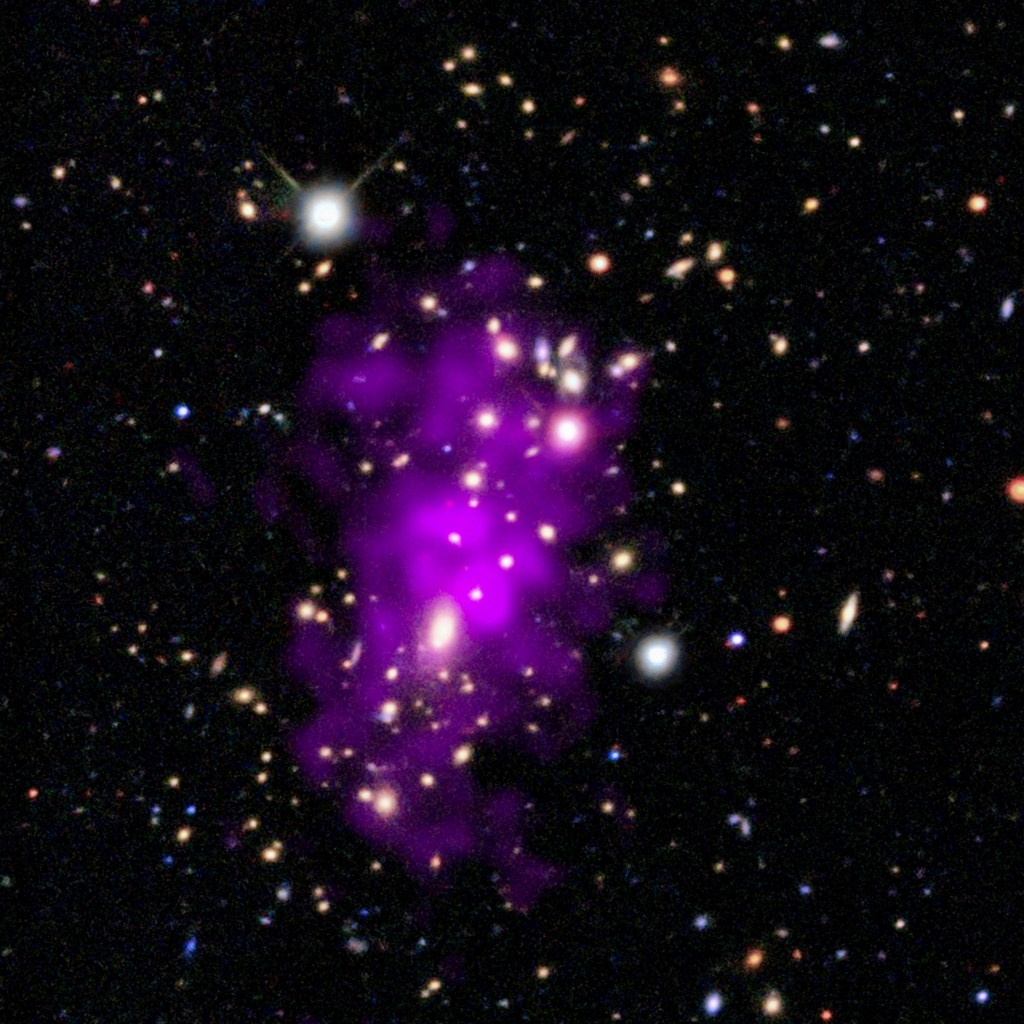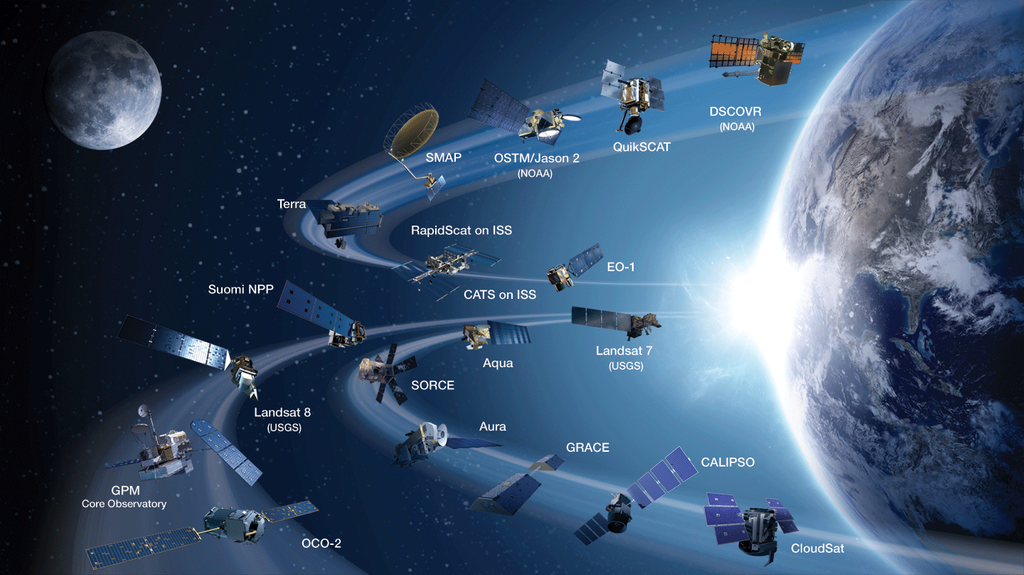1 min read
Proxima Centauri Microlensing Prediction

About the Data
- Data DescriptionData DescriptionProposal: A description of the observations, their scientific justification, and the links to the data available in the science archive.
Science Team: The astronomers who planned the observations and analyzed the data. "PI" refers to the Principal Investigator.The image was created from Hubble data from proposal 12985: K. Sahu (STScI), H. Bond (STScI and Pennsylvania State University), J. Anderson (STScI), and M. Dominik (University of St. Andrews)
- Release DateJune 3, 2013
- Science ReleaseRare Stellar Alignment Offers Opportunity to Hunt for Planets
- CreditA. Feild (STScI)
Related Images & Videos
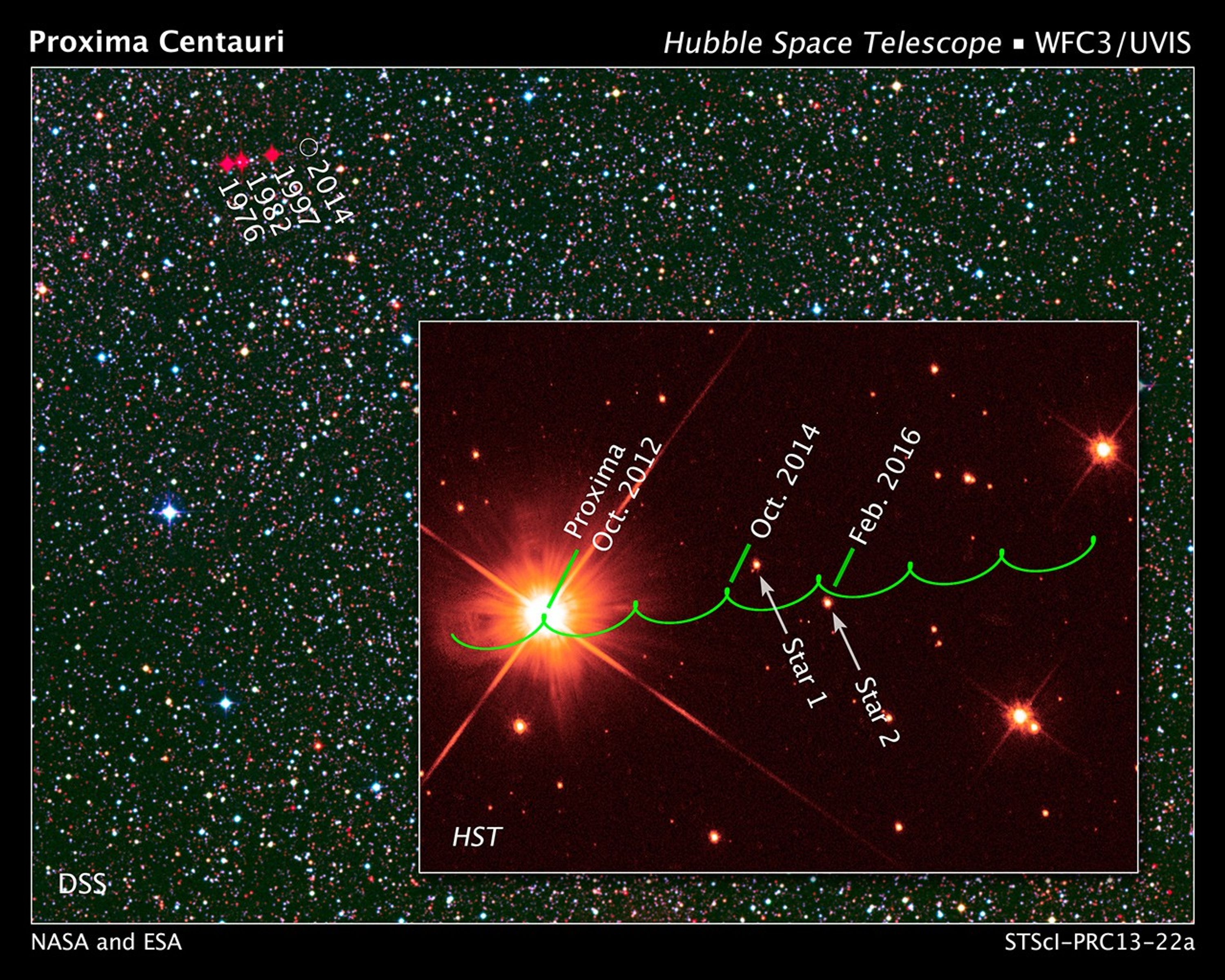
Proper Motion Path of Proxima Centauri
This plot shows the projected motion of the red dwarf star Proxima Centauri (green line) over the next decade, as plotted from Hubble Space Telescope observations. Because of parallax due to Earth's motion around the Sun, the path appears scalloped. Because Proxima Centauri is...
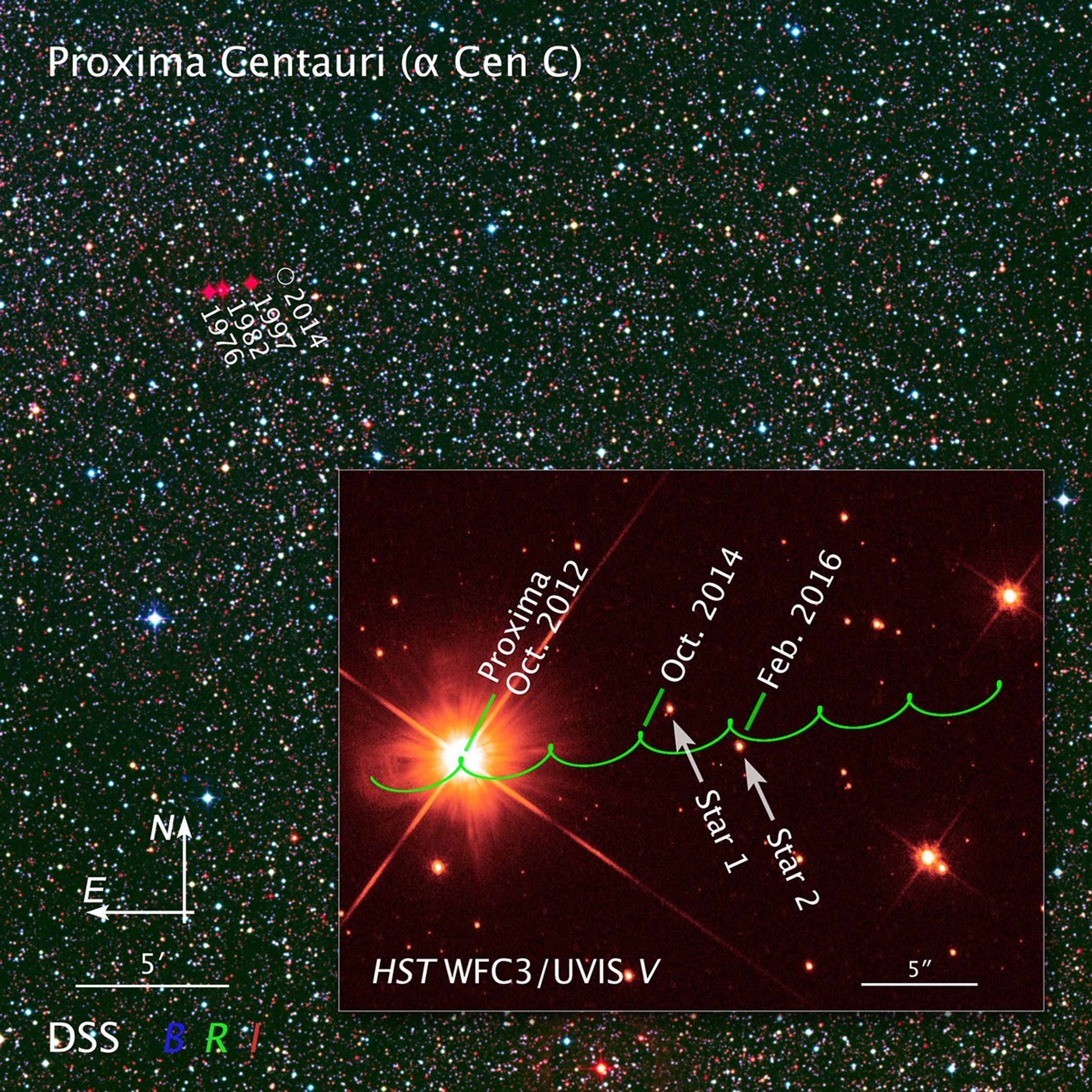
Compass and Scale Image for Proxima Centauri
This plot shows the projected motion of the red dwarf star Proxima Centauri (green line) over the next decade, as plotted from Hubble Space Telescope observations. Because of parallax due to Earth's motion around the Sun, the path appears scalloped. Because Proxima Centauri is...
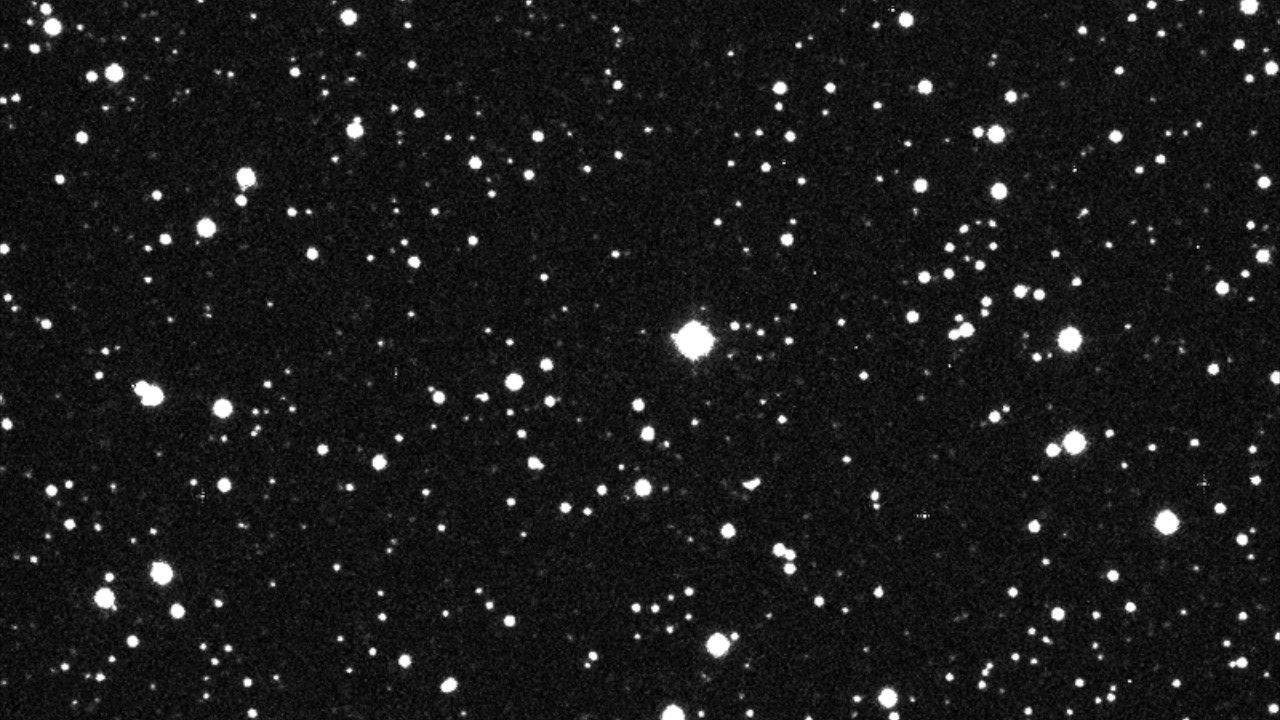
Time-Lapse Animation of Proxima Centauri's Proper Motion
This animation is assembled from 10 years of observations of the red dwarf star Proxima Centauri, the nearest star to our Sun at 4.2 light-years. Proxima has a relatively large proper motion compared to that of more distant background stars. It moves 3.85 arcseconds per year...
Share
Details
Claire Andreoli
NASA’s Goddard Space Flight Center
Greenbelt, Maryland
claire.andreoli@nasa.gov













